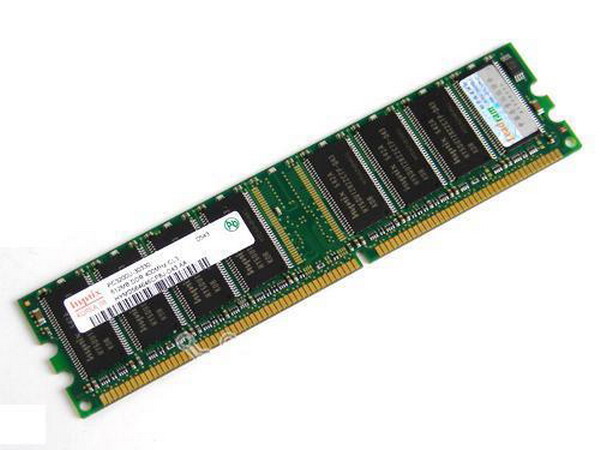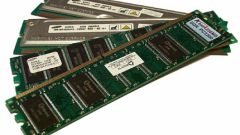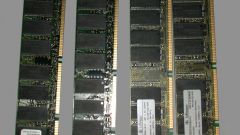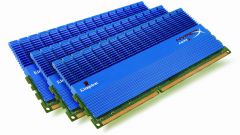You will need
- Computer, memory, screwdriver, CPU-Z, Internet access.
Instruction
1
The fastest way to know the frequency of the operational memory, without resorting to the use of various programs, is to look at the module memory. To do this, remove the system cover by unscrewing the two fixing screws on the rear panel of the computer case. On some chassis cover can be secured with latches. On the motherboard find DDR inscription. There will be ports for modules of memory. Remove one of the modules of memory. To do this, simply push down the latches on both sides on the port.
2
Now look on the memory the inscription DDR. The frequency of the memory will be written next. For example, DDR-400 MHz or DDR2-800 MHz. The figure at the end of the row is the index of the frequency operational memory. Please note that some modules memory , you can find row PC, and then numbers, for example, PC2-6400. Each value PC meets the definition of an operational frequency of the memory. For example, PC2-6400 so that the RAM runs at 800 MHz. If you have a module of memory inscription PC, find the Internet a table of the characteristics of the operational memory. In this table, just see what frequency the memory matches your PC.
3
If you don't want to open the system cover, can use the program CPU-Z. you can find this utility for free. Install the software on your computer and then run it. After the first run the program takes a few seconds to gather information about the system. When you get to the main menu, select the Memory tab. Then find the line Dram frequency. The figure opposite is a frequency of the operational memory. At the top of the program window provides information about the type of operational memory.
Note
Remove the cover of the system unit only when the power is off the computer!



